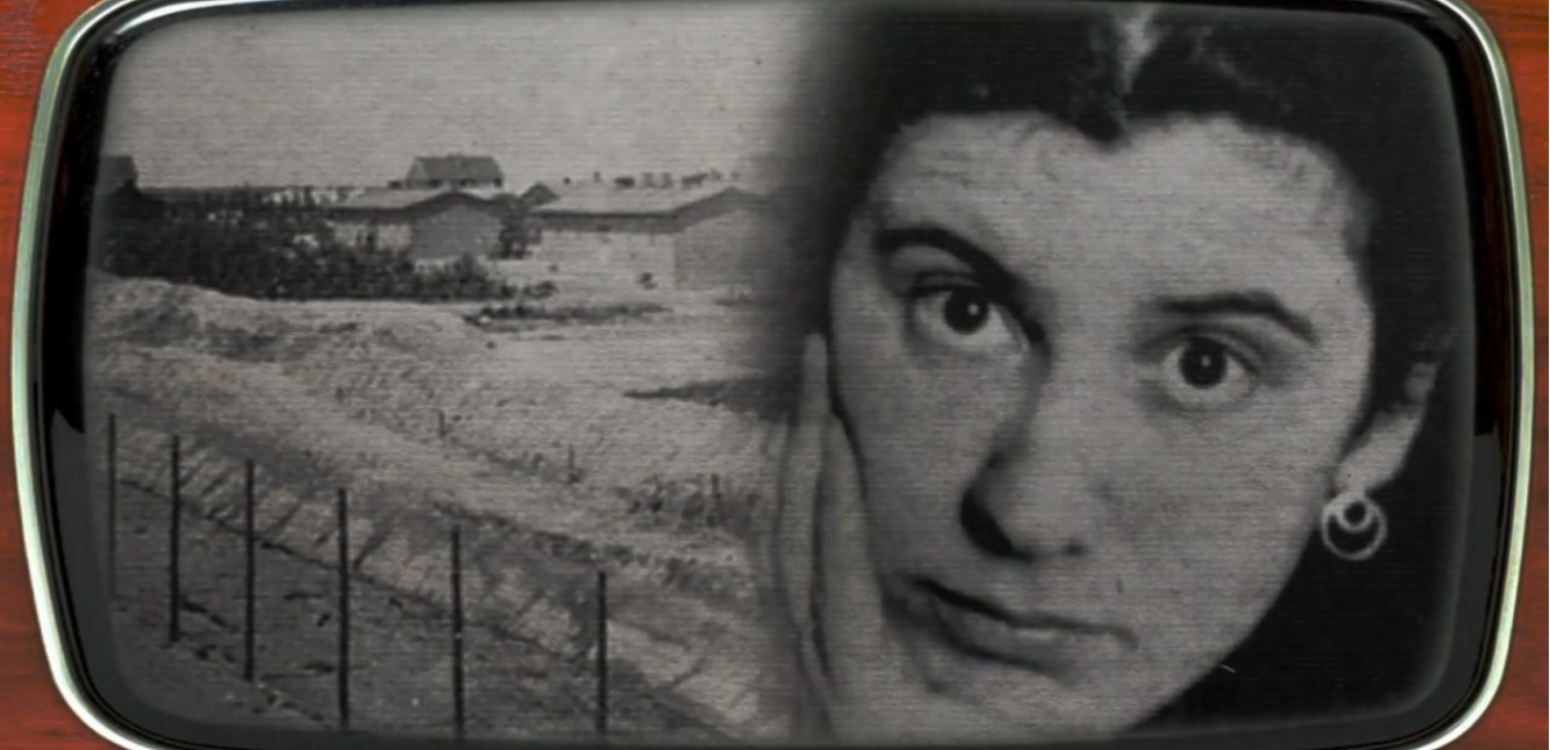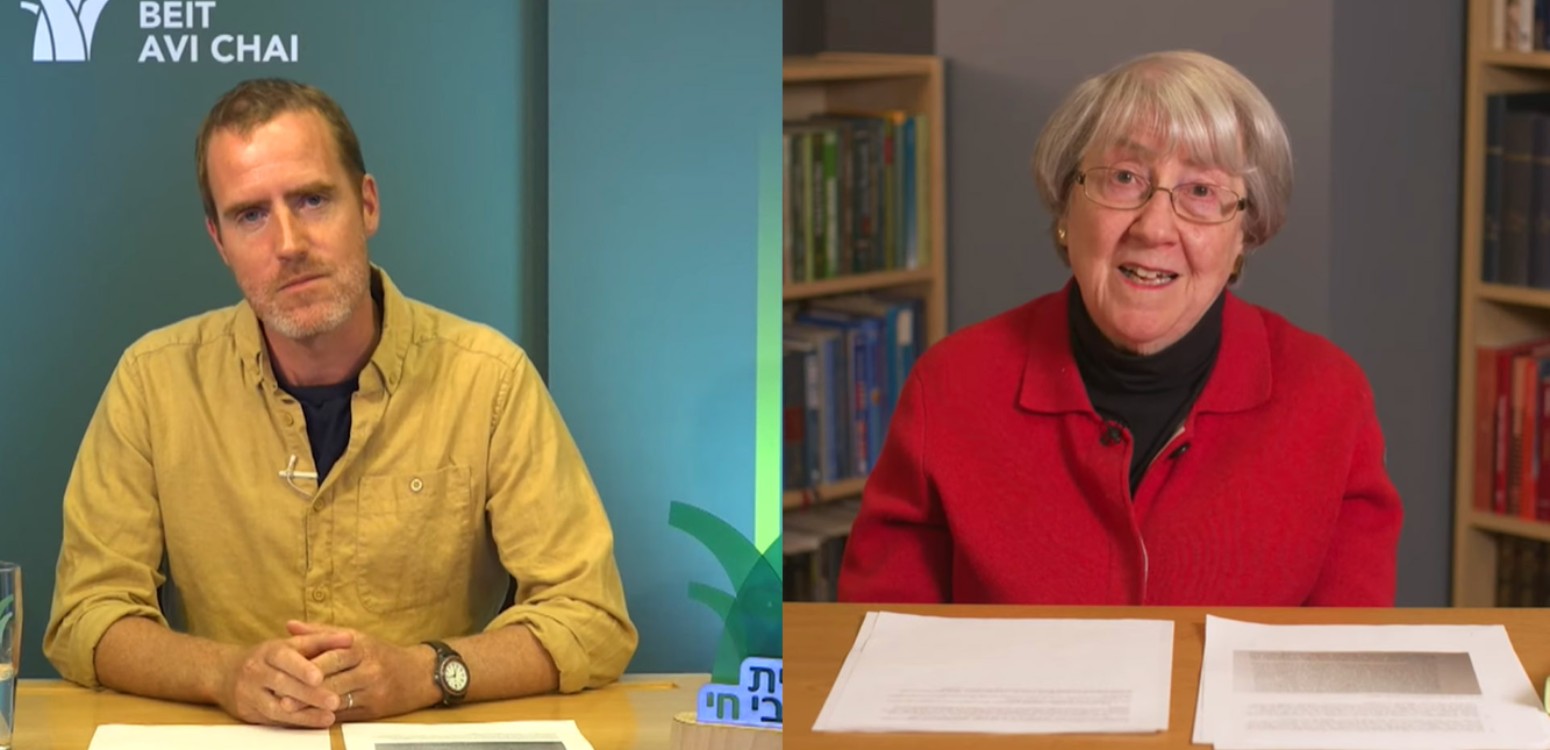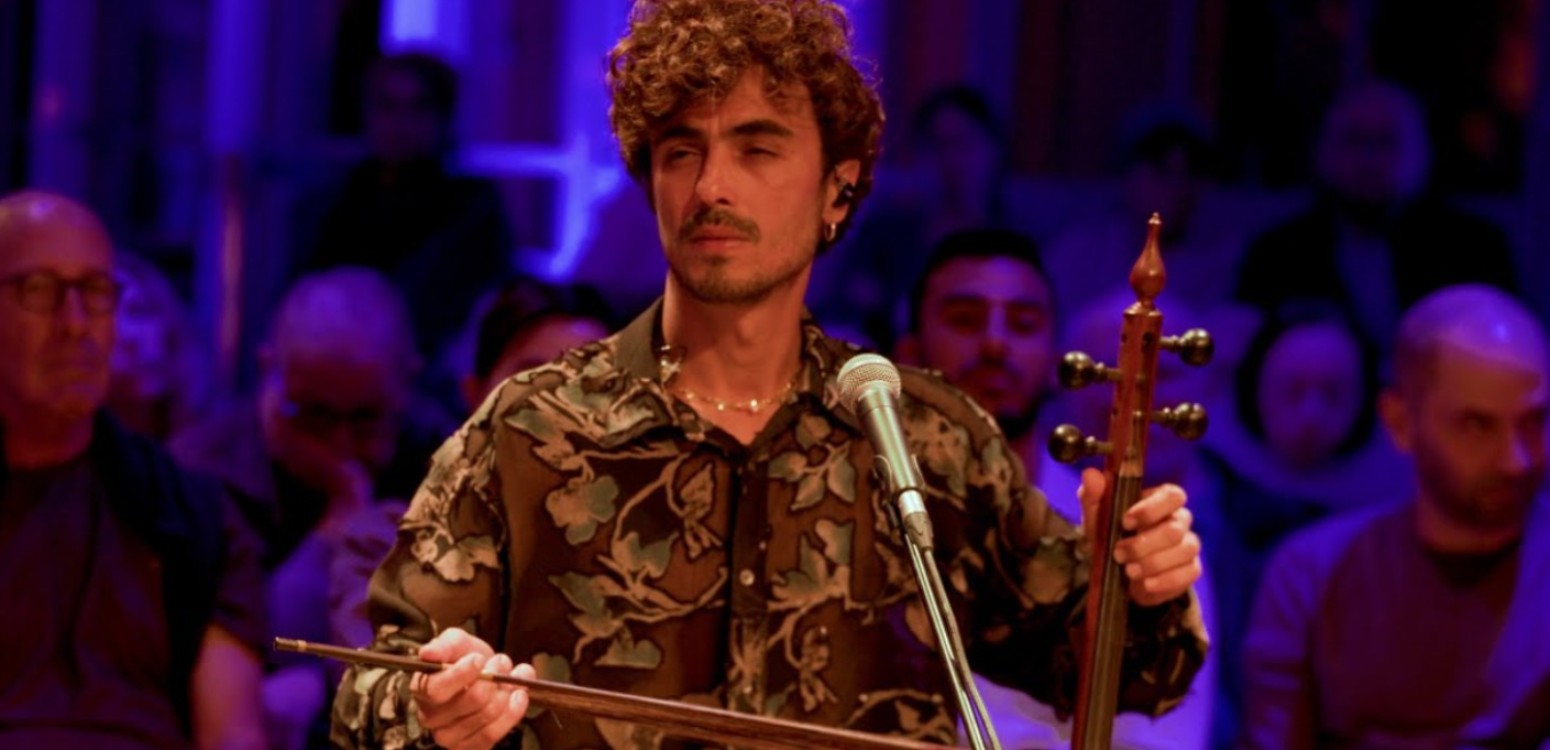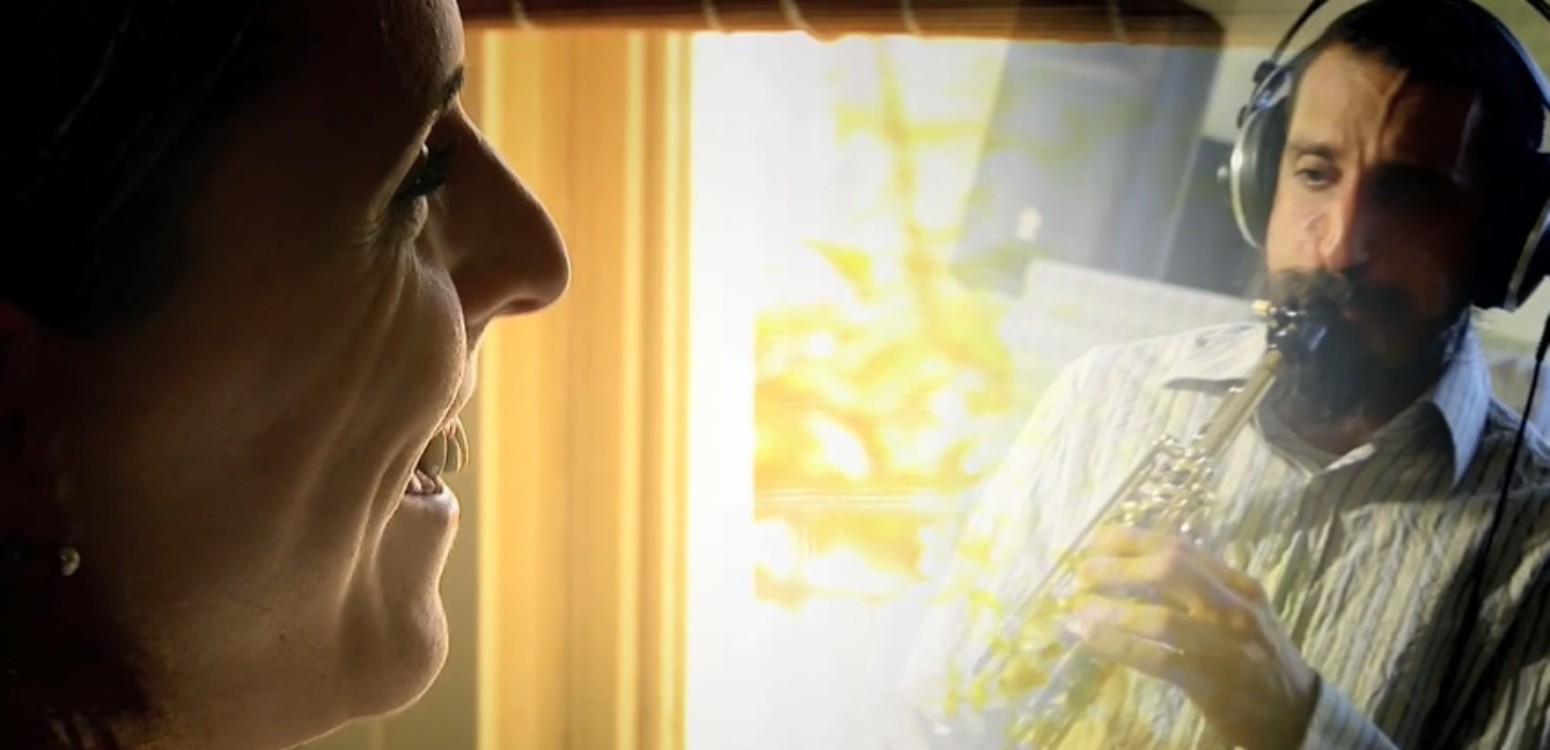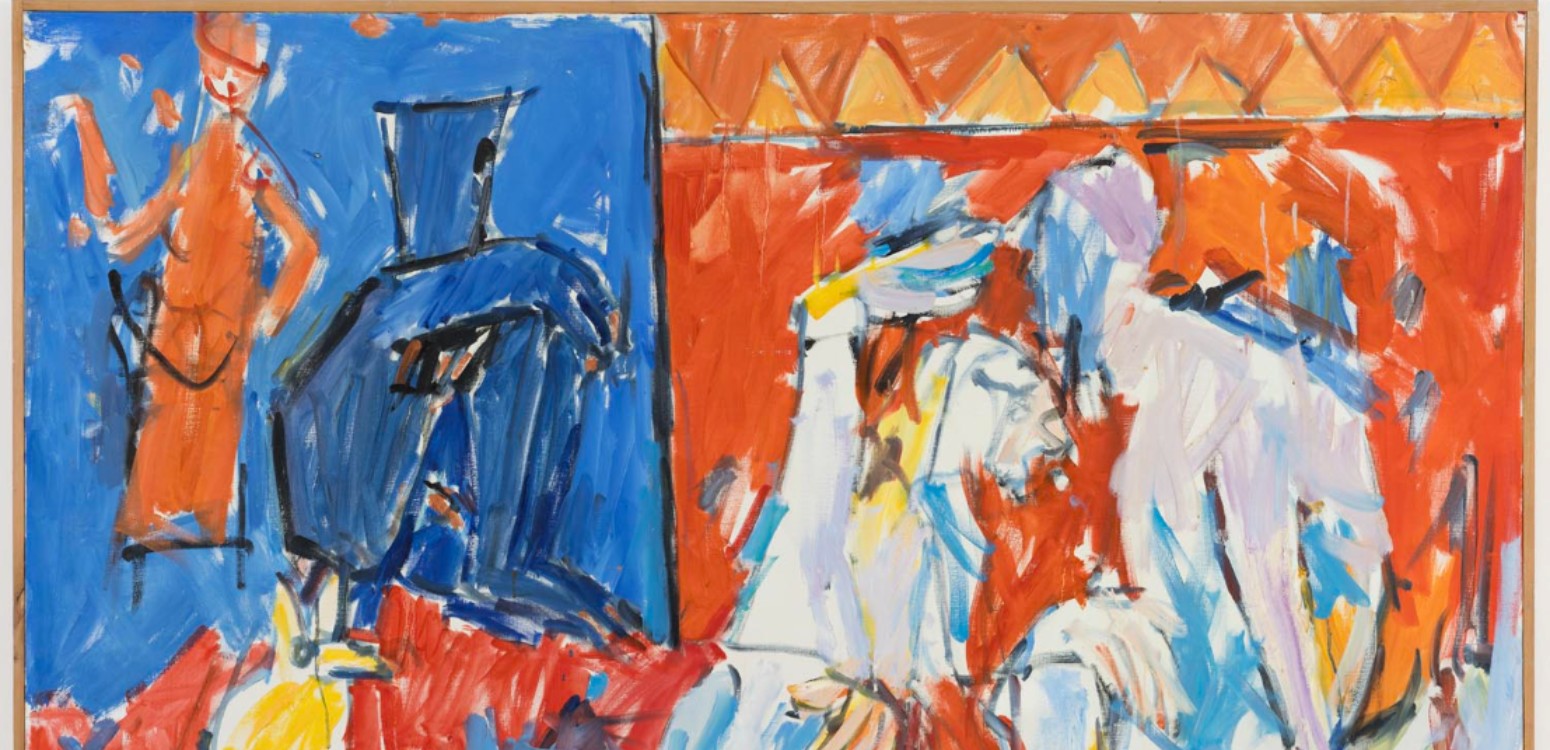
The Hebrew poetry composed in medieval Spain not only sparked a literary revolution in its time but also evolved into a myth that continues to resonate in Hebrew literature to this day. Dr. Uriah Kfir explains how the brand created by the Spanish poets continues to inspire
Hebrew poetry from medieval Spain is considered one of the pinnacles of Hebrew literature throughout the ages. Its literary influence transcended time and place, and it continues to resonate in Hebrew literature to this day. Beit Avi Chai’s online series in Hebrew “Superheroes: How Hebrew Literature Imagined the Poets of Spain” delves into the roots of the myth of Spanish poetry, so I sat down with its creator, Dr. Uriah Kfir, to discuss what made it into such a cultural zenith and powerful myth.
Kfir, a senior lecturer in the Department of Hebrew Literature at Ben-Gurion University and an expert in medieval Hebrew poetry, created the series inspired by joint research with Dr. Dudu Rotman from the Hebrew University. Their study examines the evolution of Spanish poetry and its manifestations in Hebrew literature from the XI to the XXI century.
Who first defined medieval poetry as the pinnacle of Hebrew poetry?
“The first to define Spanish poetry as the pinnacle of Hebrew poetry were the Spanish poets themselves. Their project was immense; they caused a “big bang” in medieval Hebrew literature by establishing a new and prominent school with strong and clear outlines. Their momentum was tremendous: a large audience, numerous creators, and a plethora of works, accompanied by a high self-awareness of their achievements. Even at the time they recognized they were orchestrating a revolution.”
Where is this evident?
“They wrote about it both in texts on poetry and within the poems themselves. In their poetry, they discuss their significant achievement, its unprecedented nature, and their unparalleled status. They knew they had a brand in hand, and that brand needed maintenance. When promoting a brand, it’s essential not only to create it but also to generate buzz around it.”
So, they declared they were at a peak moment in Hebrew poetry, and this remains anaccepted fact to this day?
“They didn’t just declare it; they genuinely achieved something monumental. I don’t mean to suggest it was merely a matter of public relations, but one notable aspect of medieval Spanish Hebrew literature is that, from its early generations, it wasn’t solely inward-looking, catering only to the contemporary Jewish community in Spain. Instead, it aimed outward, toward the broader Jewish world of the Middle Ages. Indeed, we observe that poets worldwide during that era consumed this poetry, copied it, and used it as a model. Spanish poets were aware of their role as role models. They communicated with poets elsewhere, advising them on how to write. They actively created poetic models while simultaneously asserting, ‘We will teach you, but no one can write like us.’ In other words, they encouraged imitation but maintained their distinct superiority.”
Imagining a world
The Hebrew poetry written in medieval Spain occupied a central place in Jewish culture and left an enduring legacy. Even during its composition, Spanish Hebrew poetry resonated beyond Spain, with its influence expanding as Jewish communities dispersed worldwide following the expulsion from Spain in 1492. Its impact wasn’t confined to poetry alone; it permeated Jewish thought, art, and even the architecture of synagogues globally. With the rise of the Haskalah movement – the Jewish Enlightenment – in the XVIII and XIX centuries, many Jewish intellectuals viewed medieval Spain as a model for advanced Jewish culture, successfully preserving national and cultural Jewish identity while remaining open to the surrounding Arab-Muslim environment.
That concludes the historical facts. “Our research,” explains Kfir, “focuses on how modern Hebrew poetry engages with medieval Spanish poetry. It is not a historical study; rather, it deals with meta-history, myth, and how the world of Spanish poetry is imagined – often by those who are aware that they are imagining it. “Jerusalem and Spain” is a novel written in German in the mid-XIX century by the Jewish author Ludwig Philippson (1811-1889), a Reform rabbi and editor of a major Jewish newspaper in Germany. This novel is one of many written by German-speaking Jewish intellectuals about the Jews of Spain. These works were written in novel form, meaning they inherently belong to a world of fiction – of imaginative reconstructions of the world of the Spanish poets. What makes this specific novel particularly interesting is the fact that it was translated into multiple languages, and in each language, it was translated more than once. In Hebrew, for example, it was translated four times. The numerous translations indicate its demand and the fact that this work remained relevant not only in the mid-XIX century but also in the 1960s, when it was last translated into Hebrew.”
To what extent does our modern perception of Spanish poetry reflect historical reality, and to what extent is it a product of imagination and later interpretation?
“This research does not seek to reconstruct the actual world of Spanish poetry but rather to examine how it exists in Hebrew memory. Instead of asking what it was, we ask how it continues to take on new forms and new roles. One of the most fascinating aspects of this study is seeing how different creators imagine the same historical figures. Each creator envisions them differently, often projecting aspects of their own world onto them. In other words, if you ask, ‘Who was Yehuda Halevi?’ the answer depends entirely on whom you ask.”
Still, is this a case of good public relations? Is there poetry of equal value from other periods that we have simply chosen to focus on less, or was medieval Spanish poetry truly an exceptional and unique phenomenon?
“Of course, there are other highlights in Hebrew literature, whether in early liturgical poetry (piyyut) or Kabbalistic literature. But I believe what makes the Hebrew literature of Spain special – one of its secrets – is that, whether by chance or not, it aligns with a certain taste that could be called ‘modern.’ This applies both to its themes and its language. While earlier traces of these innovations existed, Spanish poetry systematized these changes on a large scale. In terms of themes, secular poetry, which was not intended for prayer, explored topics such as love and relationships between men and women – timeless subjects. And in liturgical poetry, one of the groundbreaking and revolutionary aspects of Spanish poetry was that it addressed not only grand existential questions but also the individual self – the experience of the Jewish person standing alone in prayer. Whether by coincidence or not, these shifts resonate with the tastes of XX- and XXI-century readers.”
Somehow, the language is also relatively accessible to us.
“That’s right. The second reason this poetry feels close to us is that one of the characteristics of Spanish poetics is its conscious and restrained choice of biblical Hebrew. When we encounter early liturgical poems (piyyutim) written in the first millennium CE, we can see that the poets allowed themselves extravagant linguistic freedom. This was expressed in the invention of new patterns, new verbs, the derivation of words and Hebrew roots, and the creation of entirely new words. There was a motivation to create unique and innovative forms in Hebrew. However, Spanish Hebrew literature rejected this tendency and returned to a kind of biblical simplicity.
“This choice wasn’t made out of what we might call today a deliberate poetic minimalism in Hebrew. Rather, it stemmed from developments in Arabic poetry at the time and from a desire to emulate Arabic poetry. In medieval Arabic poetry, the Quran served as the ultimate linguistic model. Since Hebrew poetry admired Arabic poetry and sought to resemble it, the Bible became its linguistic counterpart. While this poetic choice may remind us of certain trends or phenomena in modern Hebrew literature, its origins lie in entirely different motives, trends, and ideologies. Coincidentally, it aligns with a shared aesthetic sensibility.”
In your research, you point out that modern Hebrew poetry – from the Haskalah period onward – keeps returning to medieval poetry. Why does Hebrew poetry repeatedly engage with it?
“This can happen for many reasons, and it has happened for many different reasons. The assumption that this only began in the Haskalah era is incorrect – it actually started in the Middle Ages themselves. We can see that even during the poets’ own lifetimes, discussions about them were already emerging. In the generations that followed, this discourse continued to develop.
We’ve mentioned that in many ways, Spanish poetry is close to modern taste, but of course, it is also very different. One major difference is its approach to originality: Spanish poetry does not value originality or uniqueness. Classical poetry in general favors ideals, archetypes, and conventions – whether in themes, grammatical structures, rhetoric, and so on.
For example, in love poems, poets describe how beautiful and unattainable the beloved is, to the point of cruelty toward the lovesick poet, who feels that her rejection is killing him. There is a great deal of melodrama, tears, and the sense that no one has ever loved as deeply as this poet or adored a beloved as exceptional as his. Yet this repeats across all the poems. Every beloved is unique, but all of them are unique in the same ways. They look and speak the same.
This uniformity is frustrating – not only for the modern reader but also for the historical reader. They ask themselves: What can I say about this poet? What can I say about this character? And what can I say about this situation? – after all, everything looks identical.
And yet, there is a persistent effort to find uniqueness.
“This frustration is especially evident in the Romantic period when readers wanted to perceive the artist as a singular genius. In Spanish poetry, however, they felt that the poet was neither unique nor singular. As a result, one of the dominant trends in the study of Spanish poetry has been the attempt to characterize the poets and identify the distinctive traits of each one – to find, within the overwhelming similarities, the separate poetic personalities of the poets, and even the historical figures they were. What we tried to emphasize is that even before modern scholarship, literature itself was already doing this. Even in pre-modern times, readers were trying to find ways to speak about the poet as a unique figure. They would stand before the rigid poetic mold and search for a small loose thread in the uniform fabric – pulling on that thread and beginning to imagine an entire story about the poet and the poem.”
And what do they imagine?
“For example, the prominent Jewish biblical commentator and philosopher of the Middle Ages Abraham Ibn Ezra (born c. 1089–1092 in Tudela, Taifa of Zaragoza, died c. 1164–1167) wrote poems about misfortune, which were later imitated in Hebrew literature, including a well-known homage by Bialik. The narrator in Ibn Ezra’s poems laments that no matter what profession he chooses, he will fail to make a living. If he becomes a water carrier, all the wells will dry up; if he becomes a mohel, that year all women will give birth only to daughters; if he trades in burial shrouds, the resurrection of the dead will occur; if he sells candles, the sun will never set. It is clear that the poem describes imagined, fictional scenarios. And yet, later stories about Ibn Ezra cling to these examples to make concrete claims about him.”
Part of the lifeblood of Hebrew literature
One of the characteristics of how we teach and study Hebrew literature is its division into periods and trends – Biblical literature, Rabbinic literature, medieval literature, Haskalah literature, and so on. However, this classification often works against us or against literary research itself. Hebrew literature is far more dynamic. The last poet of one period and the first poet of the next do not perceive themselves as historical milestones; to them, they are part of a continuous process of gradual change. The history of literature consists of an ongoing evolution just as much as it consists of distinct trends and periods.
Spanish Hebrew poetry, which reached its peak between the mid-XI and XII centuries, did not simply come to an abrupt end. Even in the XIII and XIV centuries, and later in the XVI and XVII centuries, it was revisited time and again. People continued to read it, finding it relevant to their lives. They wanted to imagine it, reflect on it, and discuss it. While later writers composed their works differently, Spanish Hebrew poetry continued to inspire them and remained present in their writing. It became part of the lifeblood of later Hebrew literature – a quiet yet persistent underground current.
This article was originally published in Hebrew.
Main Photo: Tissot The Golden Calf\ Wikipedia
